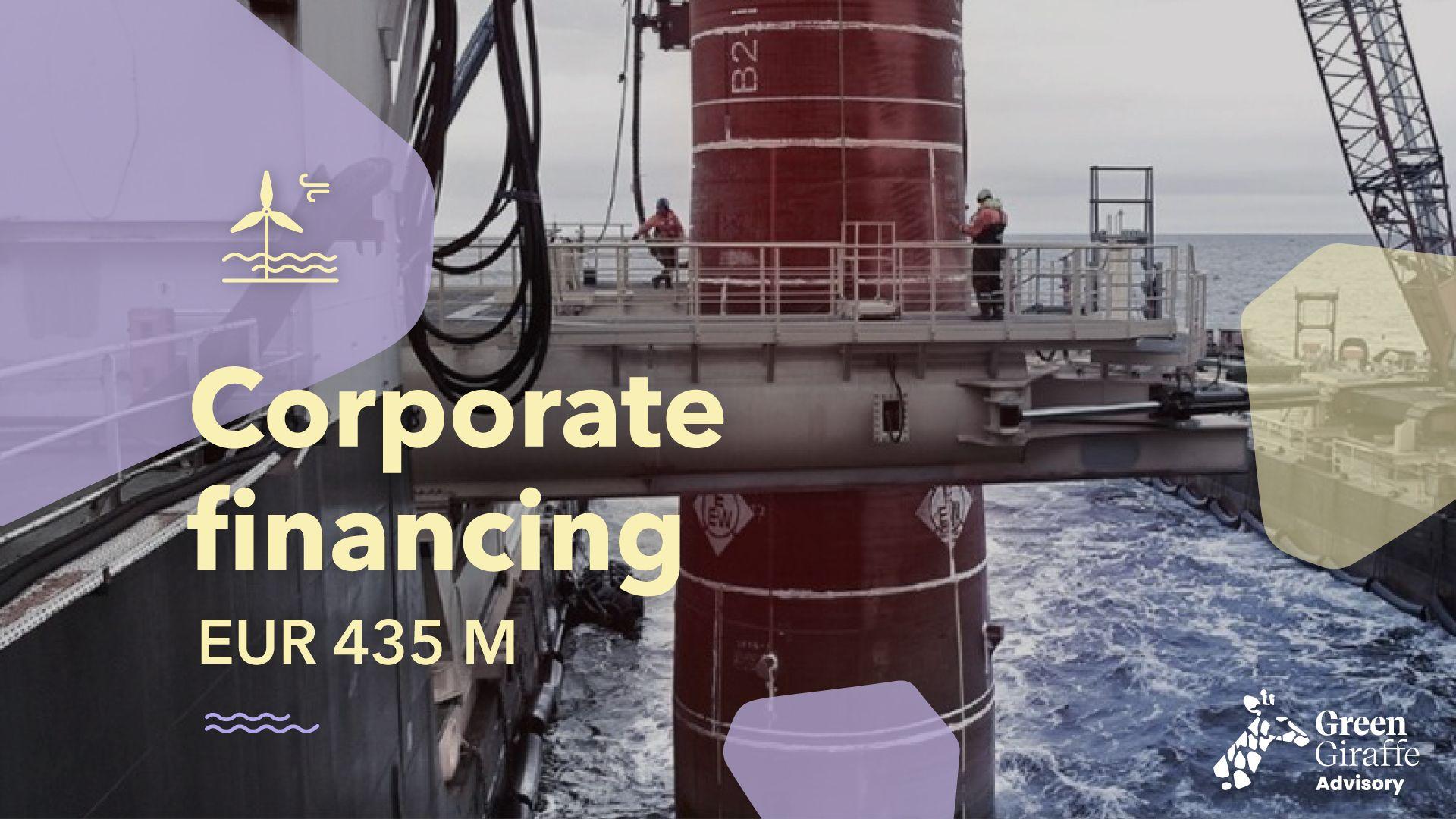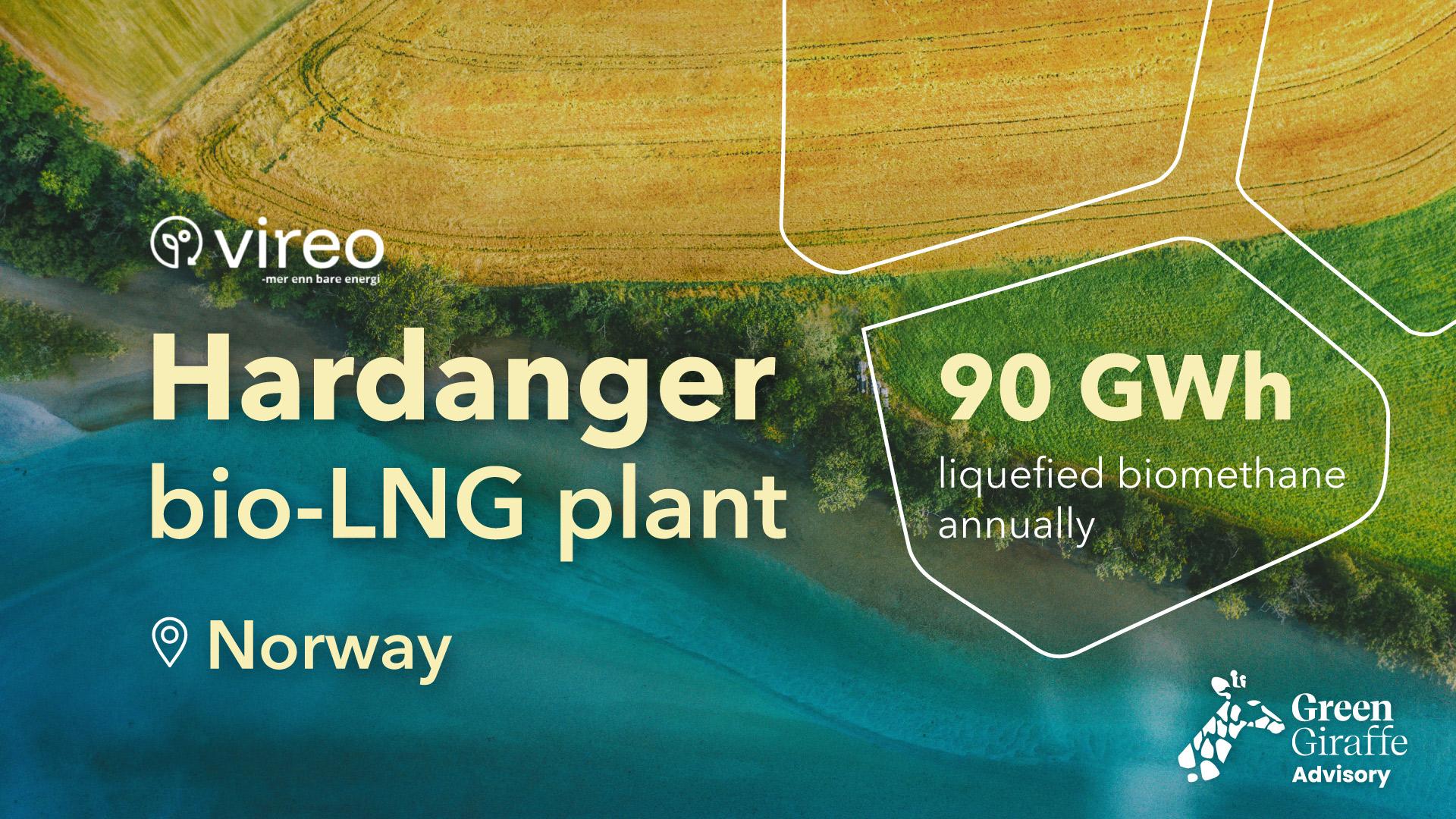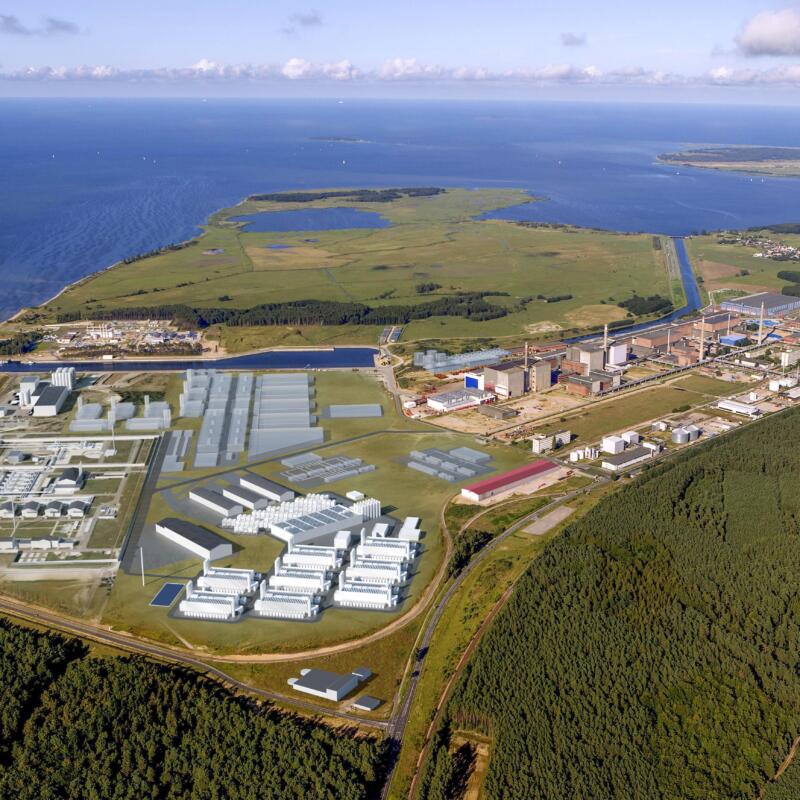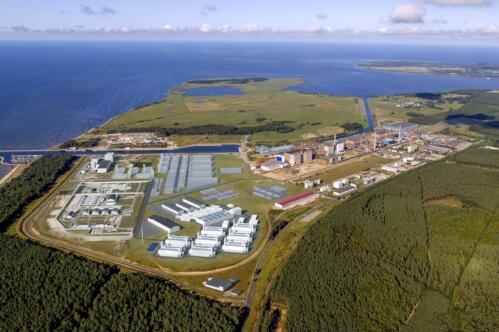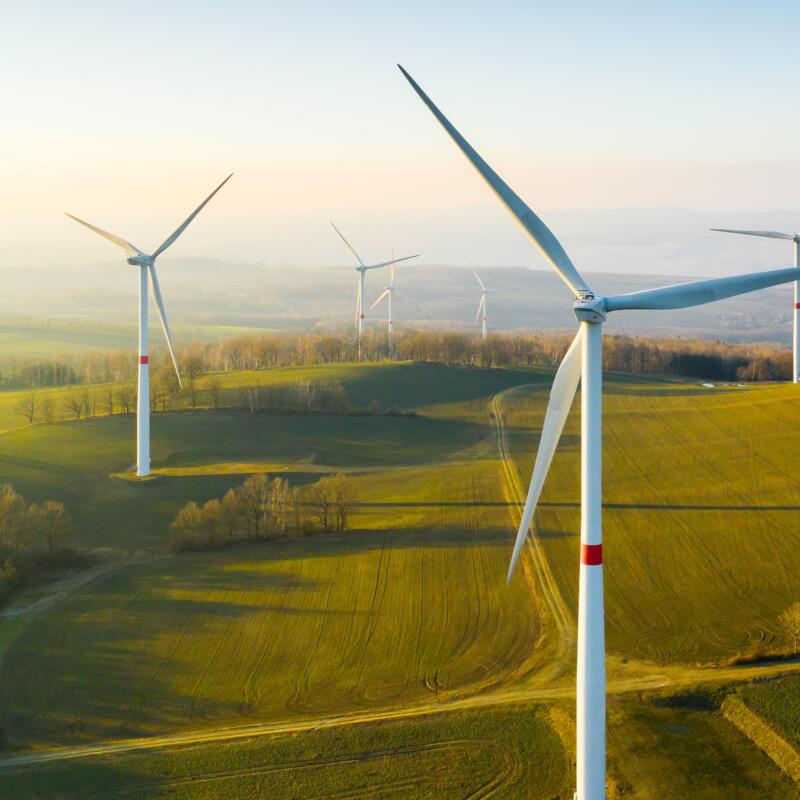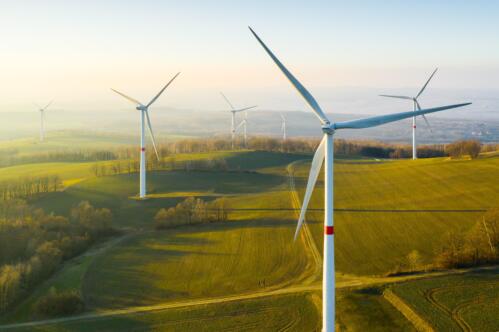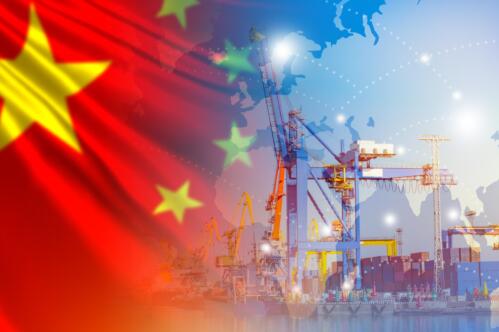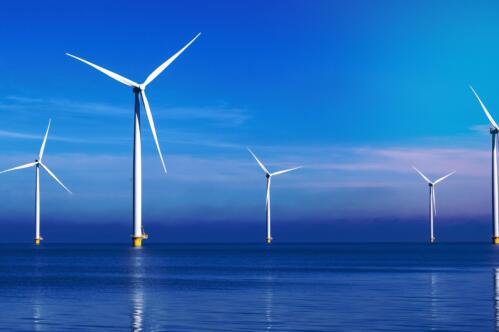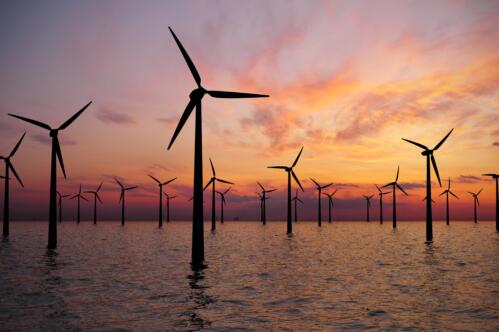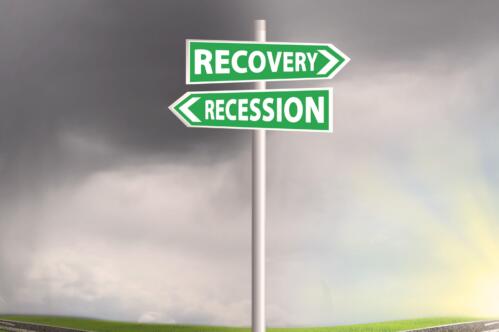Blog post
UK’s Net Zero Grid Plans: Ambitious or Harmful?
On the 1st March 2024, I looked at myself in the bathroom mirror and realised I had inexorably become a bald, fat bloke. A combination of eating too much cheese and drinking too much beer has led me to steadily gain weight until I was a chunky 260 pounds. So, I started on Wegovy with a clear plan to lose 75 pounds by 31st December 2024. It has somewhat worked; I’ve lost 51 pounds. However, I woke up on New Year’s Day about 33% short of my goal. And that’s okay, because I only set that deadline for myself, and to everyone else, I was just losing weight. So, how much, and by when was irrelevant; it didn’t undermine the point of what I was trying to do. And this is where we segue into renewable energy, the UK Government’s ambitious plan to decarbonise the grid by 2030 and why the UK may not meet that deadline could undermine the wider green energy revolution.
Read more



